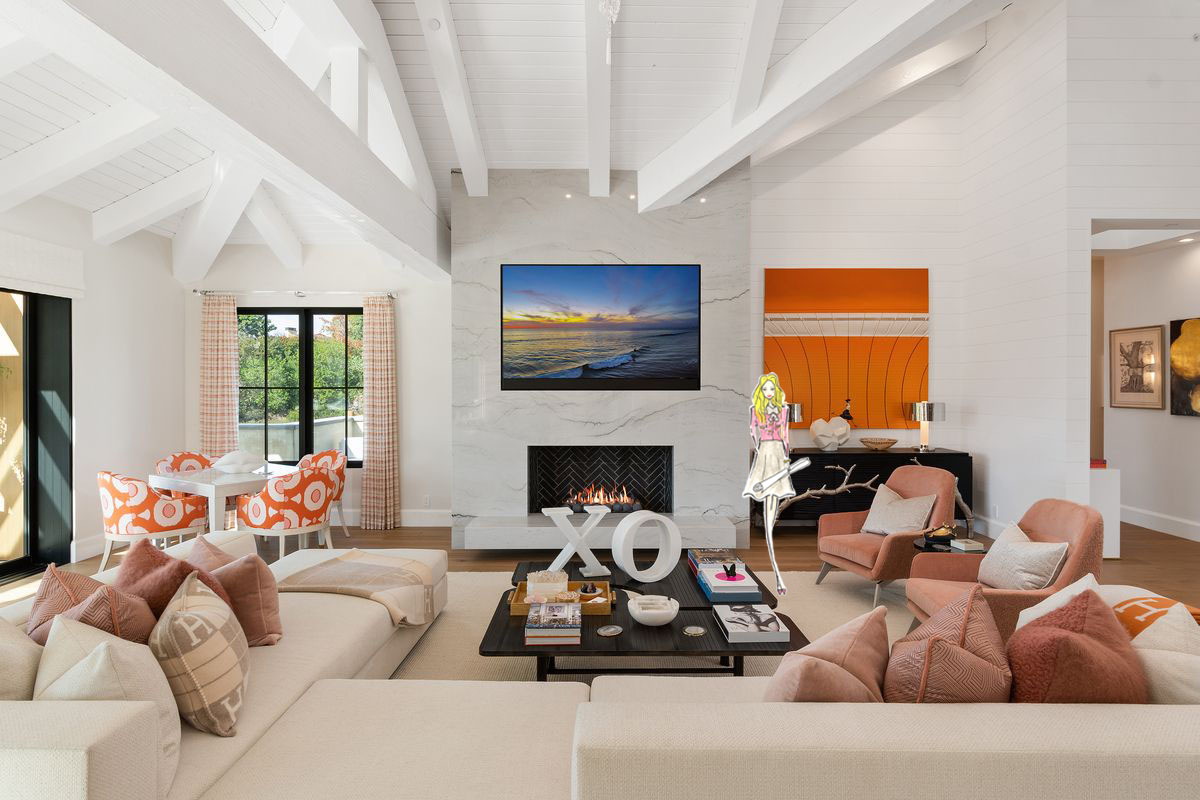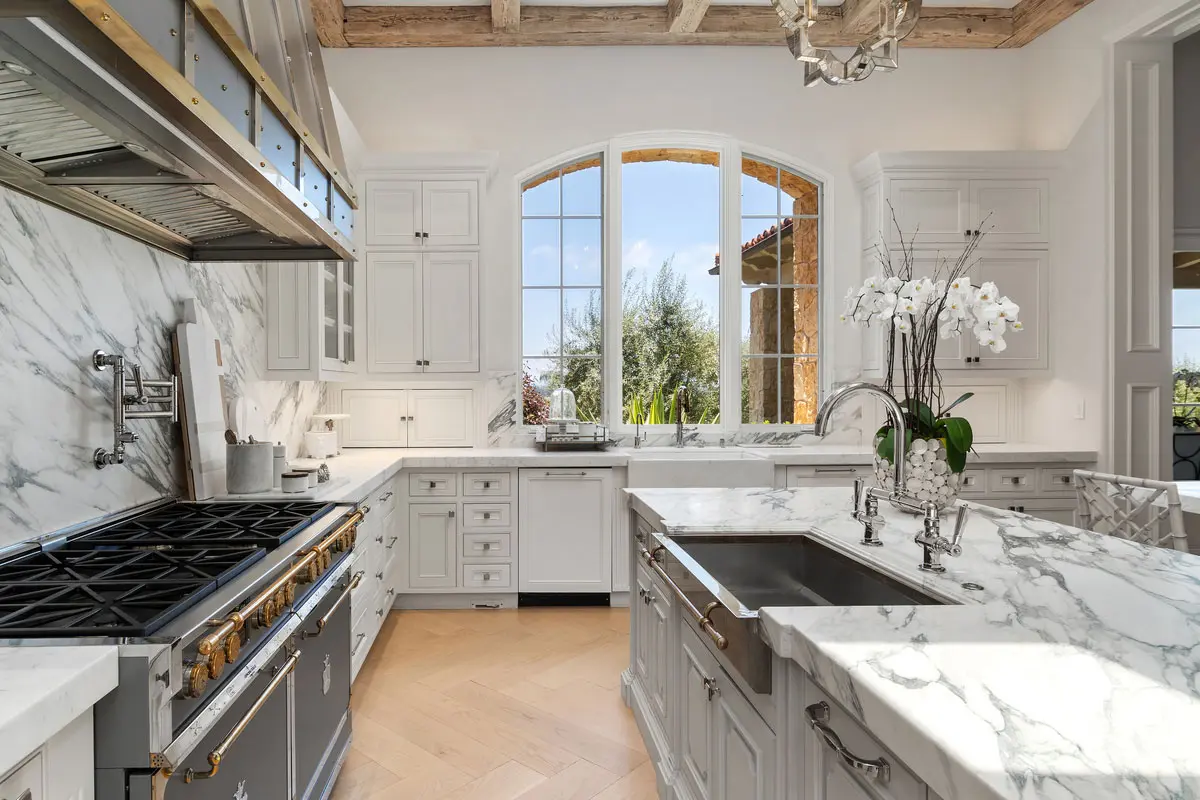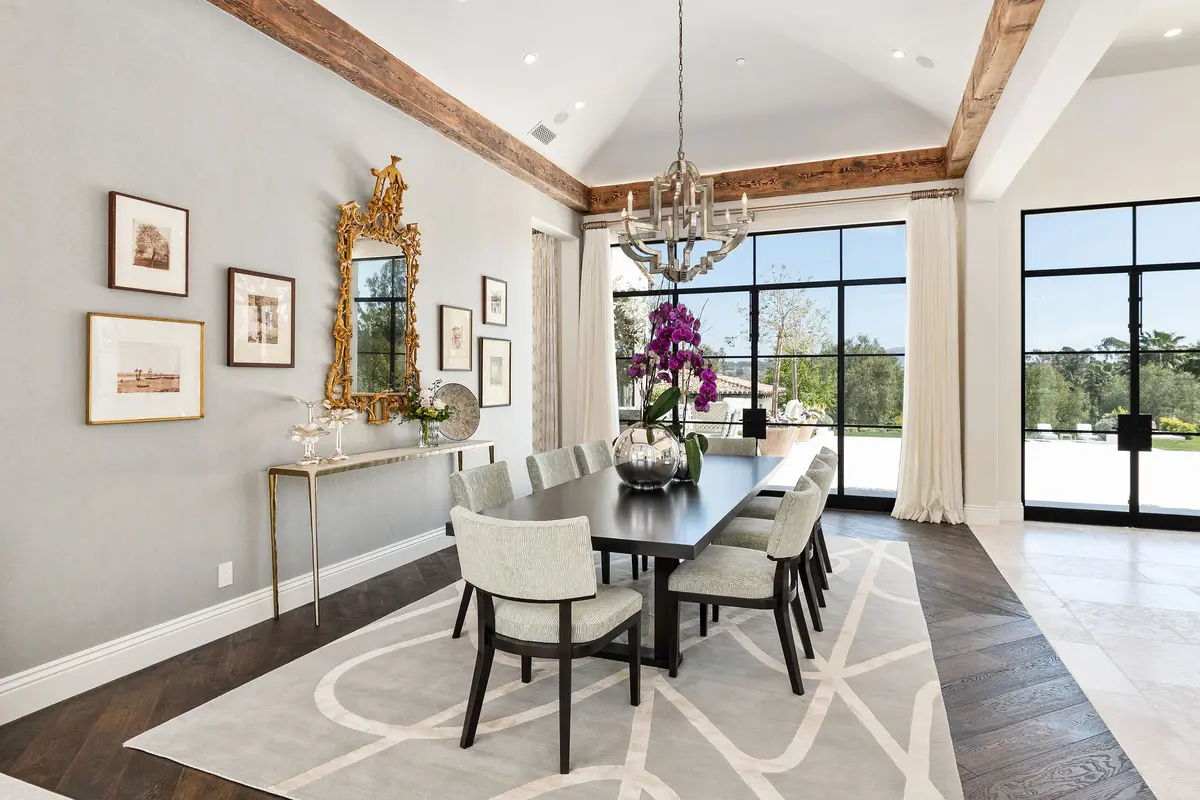The fireplace is more than a source of warmth—it is the emotional hearth of a home. Its quiet crackle, its soft glow, its commanding presence on a winter evening—these qualities have made the fireplace a timeless anchor of domestic life. And yet, too often, its design is overlooked. A well-considered fireplace can transcend its function, evolving into a work of art that defines a room’s aesthetic and draws people together with gravitational grace.
Whether your interior leans contemporary or classical, modern or mountain-luxe, there are countless ways to refine and reimagine your fireplace. From surround materials and architectural embellishments to the sculpting of the mantel and the careful layering of accessories, the fireplace becomes a canvas—one that reflects both style and soul.
Why Fireplaces Are Natural Focal Points
There is an instinctive pull toward fire. Even when unlit, the structure of a fireplace captures attention. In living rooms, great rooms, and even primary suites, the fireplace serves as a natural visual center. It gives the eye a place to rest, an axis around which the rest of the furnishings can orbit.
In luxury homes, where open floor plans and vaulted ceilings are common, the fireplace offers grounding. It introduces vertical interest, texture, and the opportunity for narrative—whether that’s told through materiality, sculpture, or a curated collection of personal objects.
Maximizing the impact of this architectural element requires thoughtfulness. Design must respect the home’s architecture while pushing the boundaries of creativity and craft.
Selecting the Right Surround Materials
The fireplace surround sets the tone for the entire vignette. It is both frame and feature, and its materials should speak the language of the home.
In contemporary settings, large-format porcelain slabs or smooth plaster finishes lend a clean, monolithic presence. For transitional interiors, carved limestone, marble with distinctive veining, or even stacked stone can create texture and movement without overwhelming the space. In rustic or coastal homes, aged brick, shiplap, or reclaimed wood adds storytelling and soul.
Material selection is also an opportunity to play with finish. Honed surfaces create softness, while polished stone brings light and elegance. Metallic inlays—brass, bronze, or blackened steel—add definition and edge. The surround should feel tailored, never default.
For multi-home clients, maintaining material cohesion across properties can lend brand consistency to their interiors. A fireplace wrapped in the same marble used in a primary bathroom, for instance, subtly reinforces visual unity and refinement.
Elevating the Mantel: Style, Scale, and Purpose
The mantel is both functional shelf and symbolic stage. Its presence commands attention, and how it’s styled can dramatically influence the room’s mood. The first decision: to include a mantel at all. Some contemporary designs forgo it altogether, choosing full-height stone or flush plaster for a minimalist impact.
When a mantel is incorporated, its scale must be proportionate to the surround and room. A narrow mantel feels apologetic on a grand fireplace, while an oversized one can overpower a modest opening. Balance is key.
Wood is a popular choice—stained walnut for warmth, bleached oak for a beachy vibe, or matte black lacquer for drama. Stone mantels, carved or floating, create permanence and weight. For those who love a layered aesthetic, a forged metal mantel—unexpected yet artisanal—can strike the perfect chord.
Functionally, the mantel serves as a resting place for art, vessels, or seasonal décor. Stylistically, it sets the tone—casual and organic, or refined and symmetrical.
Accessorizing with Intention
Accessories are not filler—they are punctuation. Thoughtfully selected objects atop the mantel or around the hearth can amplify design, introduce softness, and reflect the homeowner’s personality.
Rather than over-styling, choose a few significant pieces. A large-scale artwork or mirror can create height and depth. Layer in varying heights with objects like antique candlesticks, ceramic vases, or a driftwood sculpture. Add softness with a folded textile, such as a cashmere throw, in a coordinating tone.
Avoid clutter. Negative space is essential. Let the pieces breathe. A curated fireplace speaks with elegance; an overcrowded one shouts without clarity.
For seasonal updates, the fireplace is a perfect place to pivot. Fresh greens in winter, ceramic pumpkins in autumn, driftwood and linen in summer—each subtle shift renews the room without requiring a full redesign.
Built-Ins and Architectural Enhancements
The fireplace doesn’t exist in isolation. Surrounding millwork, shelving, or cabinetry can frame it, reinforce its stature, and enhance both form and function. Built-ins on either side of the firebox offer balance, especially in tall or asymmetrical rooms. They provide display opportunities for art, collections, or books—adding lived-in warmth to formal spaces.
In more modern homes, floating shelves or alcoves can feel cleaner and less traditional, especially when crafted in matching wood or stone tones. Uplighting, LED strips, or integrated sconces can spotlight accessories and introduce a soft glow that complements the flame.
For double-height spaces or great rooms, consider extending the fireplace vertically. A fluted plaster chimney chase or floor-to-ceiling tile can draw the eye upward and amplify grandeur. In single-story homes, horizontal extensions—benches, hearths, or recessed wood storage—can elongate the presence of the fireplace across the wall.
Fireboxes and Inserts: Where Form Meets Flame
Though much of the design magic happens above and around, the firebox itself deserves attention. For those who love the ritual of wood-burning fires, a traditional firebox lined in firebrick or black steel offers authenticity. Gas inserts bring ease and precision, with cleaner lines and remote-controlled ambiance.
Linear fireplaces are a favorite in modern homes—wide, low, and clean—offering a ribbon of fire rather than a traditional stack. Double-sided or corner fireplaces can warm adjoining spaces and introduce unexpected drama.
Framing the firebox with materials like blackened steel, bronze, or ceramic tile adds texture and contrast. Glass doors or minimalist screens maintain safety while contributing to aesthetic refinement.
In climates where fireplaces are more visual than functional, electric or ethanol inserts provide the look without the logistics—perfect for clients who split time between multiple residences and desire low-maintenance design.
Integrating the Fireplace into the Overall Room Layout
A fireplace cannot fulfill its role as a focal point if the surrounding layout competes with or ignores it. Furniture placement should honor the hearth. In open floor plans, float seating around the fireplace rather than pushing it against walls. Angle accent chairs inward, create conversation zones, and ensure that views to the fire remain unobstructed.
If a television must be included, resist the default placement above the mantel. Instead, recess it into millwork, conceal it with sliding panels, or position it adjacent. The goal is to preserve the fireplace as the room’s artistic center—not subordinate it to the screen.
Rugs can further delineate the space, grounding the fireplace visually and reinforcing intimacy. A soft silk-wool blend rug, positioned beneath a low coffee table and facing the fire, creates a room within a room—an invitation to linger.
Harmonizing with the Home’s Aesthetic
Every fireplace should feel native to the architecture. A coastal home in La Jolla calls for different language than a Mediterranean villa in Rancho Santa Fe. The materials, proportions, and styling of the fireplace must support the home’s narrative, not distract from it.
For traditional estates, consider carved stone, symmetrical millwork, and classical ornament. For desert-modern homes, a fireplace may be stripped of trim, clad in smooth plaster, and left to glow subtly against warm-toned walls. In transitional spaces, mixed materials—stone and metal, wood and tile—can create layered harmony.
This is where true design fluency shows itself: knowing when to amplify, when to simplify, and how to make the fireplace feel both luxurious and completely at ease.
Fireplaces as Gathering Spaces
A well-designed fireplace isn’t just admired—it’s lived around. It becomes the backdrop to late-night conversations, the centerpiece of holiday traditions, and the stage for quiet Sunday mornings. For clients who entertain often, the hearth becomes a place of hospitality. Guests gather there instinctively, drawn by the warmth and the comfort of a beautifully curated space.
Layering the area with tactile accessories—plush throws, leather ottomans, handwoven floor cushions—adds softness and invites engagement. The fire flickers, a glass of wine is poured, laughter lingers in the corners. This is the magic a fireplace brings when it’s elevated with intention.
Outdoor Fireplaces: Extending the Focal Point Beyond the Walls
For homes with expansive patios or terraces, an outdoor fireplace can extend the living experience beautifully. Crafted from weather-resistant stone, poured concrete, or aged brick, an exterior fireplace anchors al fresco seating and turns a backyard into a year-round retreat.
Whether wood-burning under a pergola or gas-lit beside the pool, outdoor fireplaces offer the same grounding presence as their interior counterparts. Pair with low-profile lounge chairs, a woven rug underfoot, and linen cushions in neutral tones for a setting that feels effortless and elevated.
Design continuity between indoor and outdoor hearths further enhances the home’s cohesion—especially for clients with multiple entertaining zones and seasonal usage.
Conclusion
A fireplace, when thoughtfully designed, becomes more than a fixture—it becomes a presence. It anchors the room’s energy, articulates the homeowner’s style, and gathers people around its glow. Whether clad in travertine or flanked by custom millwork, minimalist or ornate, it tells a story.
Elevate your space by transforming your fireplace into the focal point it was always meant to be. With the right design, it will not only warm your room—it will enrich your home’s entire experience.



